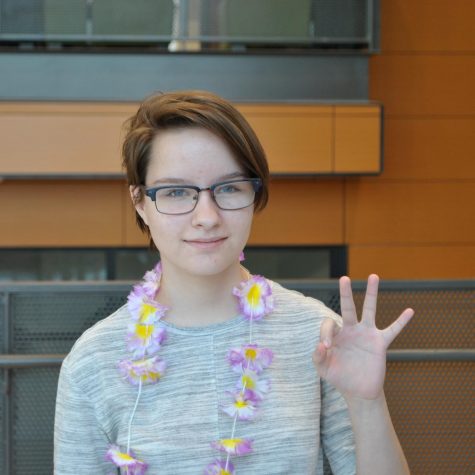Facing failure: why a competitive environment must learn to accept mistakes
December 19, 2018
The culture surrounding failure in Edina is not an easy one to navigate. The practice of ignoring mistakes leaves students scrambling for extra credit to try and save their GPA in the event that a test doesn’t produce their ideal grade. Additionally, the school environment often encourages students to refrain from asking for help ask when they do not understand a concept. This only increases the amount of pressure placed on an individual. This stress of school combined with a nationwide trend of heightened adolescent anxiety only contributes to the fallacy that failure must be ignored at all costs.
While Edina recently passed a policy stating that students are able to retake summative assignments up to a 75%, this change continues to emphasize ‘teaching to the test,’ not teaching for learning. Even if a student gets a 90% on the retake and has demonstrated their growth on various concepts, this growth is not accounted for by the letter grade.
The culture built around being able to learn lessons in a short span of time is not designed for some students’ success. While some may grasp concepts quickly, others may take a longer amount of time in order to fully understand the material. This does not accurately reflect intelligence, but rather the student’s learning style. Even with the personalized learning push in Edina, some students are still getting left in the dust.
The transition from middle to high school is a big one, and many students need more time to acclimate. The learning curve is steep and often the amount of time we are given as students does not allow for any growth without consequences. A significant portion of EHS students are deemed as “gifted” and often have unrealistic expectations with the belief that failure must be avoided at all costs. In middle school, many of these students may have perceived 90% as a failing grade. This unhealthy and grade-focused mindset is not discouraged in middle school, but encouraged because some teachers see it as students going deep into the material for the sake of learning. Going into high school with this mindset only promotes failure, leaving a different set of students struggling to keep up.
Often times, the EHS environment does not enforce the idea that mistakes are a large part of growth. When asked, students said that their teachers do not enforce the message that mistakes are essential to learning. A number of students also stated that their parents do not accept lower grades from their children. If students aren’t receiving positive messages at all, then the student body isn’t being told that making a mistake is part of the learning process and a necessary path to success.
If we as a school wish to set each other up for success, we must acknowledge failure and tackle it head-on. Teachers must let students know that it is human to make mistakes and the administration should create policies that emphasize the growth of students and accurately reflect their achievements. Failure should not be something from which we shy away. The rubric which our grading system is based on should recognize the valid fears of many high school students and be built in such a way that more effectively prepares them for post-secondary life.



